Visual memory is an essential cognitive function that allows us to process, store, and retrieve information from visual stimuli. It plays a crucial role in our daily lives, from remembering where we put our keys to recalling complex diagrams for an exam.
However, not everyone has a strong visual memory, and some may struggle with recalling visual information accurately. Fortunately, there are several techniques and strategies that individuals can use to improve their visual memory.
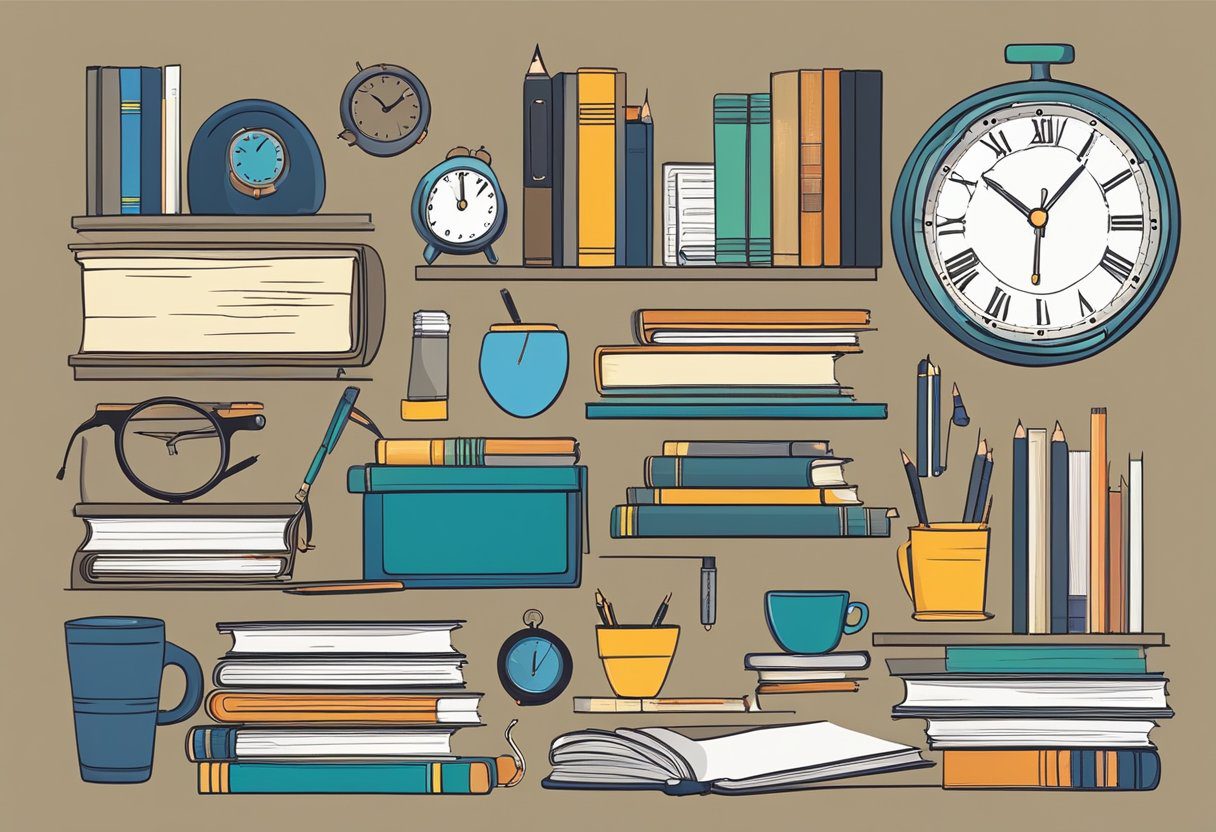
Understanding visual memory is the first step towards improving it. Visual memory is the ability to retain and retrieve information from visual stimuli, such as images, diagrams, and charts. It involves several processes, including encoding, storage, and retrieval.
Encoding refers to the process of converting visual information into a form that can be stored in memory, while storage refers to the process of maintaining the information in memory over time. Retrieval is the process of accessing and using stored information when needed.
Strengthening visual memory requires a combination of cognitive techniques, lifestyle changes, and practical applications. Cognitive techniques involve using mental strategies to improve recall, such as visualization, association, and repetition.
Lifestyle factors affecting visual memory include sleep, exercise, and nutrition. Practical applications and activities, such as playing memory games and practicing visualization, can also help improve visual memory.
Importance of Visual Memory
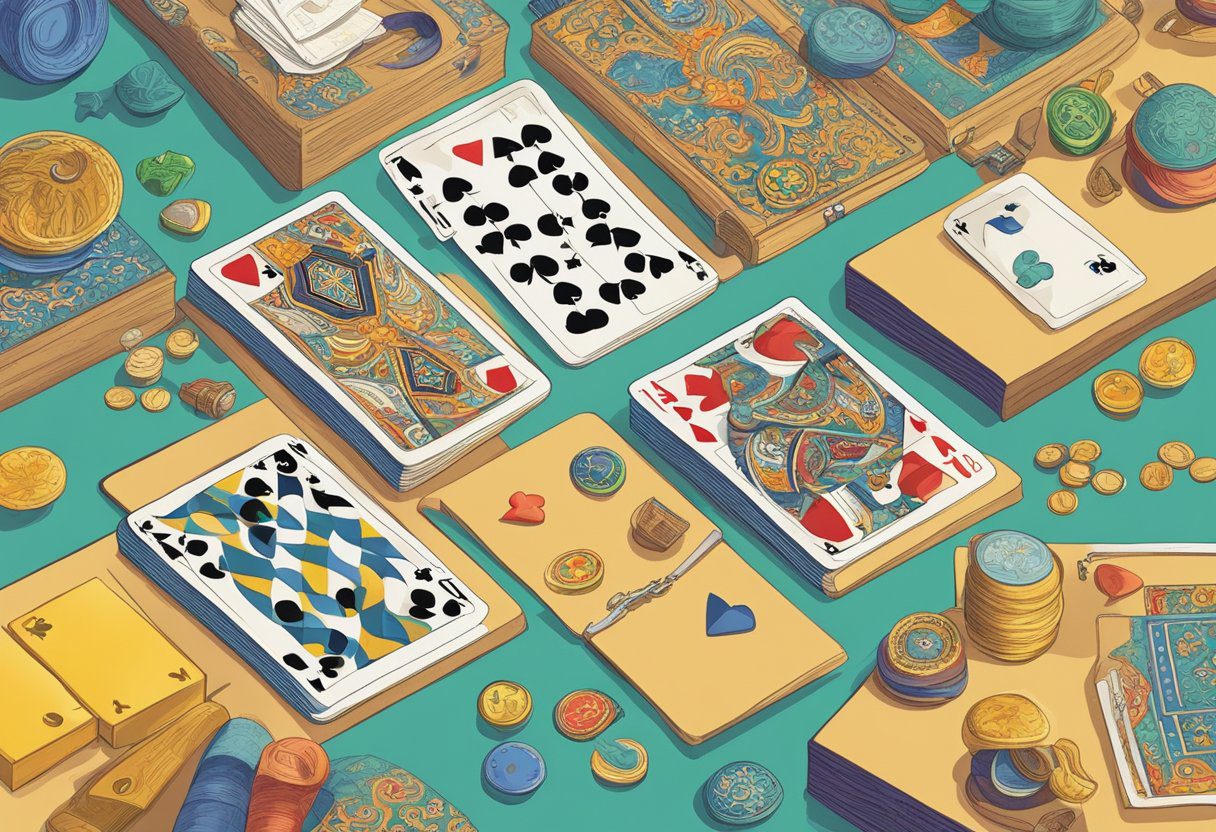
Visual memory refers to the ability to store and retrieve visual information in the brain. It is an essential cognitive function that allows individuals to recognize and remember visual patterns, faces, objects, and scenes. Visual memory is closely related to other cognitive functions such as perception, attention, and recognition.
Types of Visual Memory
There are two types of visual memory: short-term memory and long-term memory. Short-term memory, also known as working memory, refers to the ability to hold and manipulate information in the mind for a short period of time. Long-term memory, on the other hand, refers to the ability to store and retrieve information over a longer period of time.
Importance of Visual Memory in Daily Life
Visual memory plays a crucial role in daily life. It facilitates learning, aids navigation, and boosts creativity and imagination while supporting problem-solving abilities. Our ability to process and retain visual information enriches our lives in countless ways.
Relationship Between Visual Memory and Other Cognitive Functions
Visual memory is closely related to other cognitive functions such as perception, attention, and recognition. Perception refers to the ability to interpret and make sense of sensory information.
Attention refers to the ability to focus on relevant information while ignoring irrelevant information. Recognition refers to the ability to identify previously encountered information.
In conclusion, understanding visual memory is essential for improving memory retention and recall.
By knowing the different types of visual memory, the importance of visual memory in daily life, and the relationship between visual memory and other cognitive functions, individuals can take steps to improve their visual memory and overall cognitive abilities.
Strengthening Visual Memory

Visual memory is an important aspect of cognitive functioning that can be strengthened through various techniques and exercises. Here are some ways to improve your visual memory:
Visualization Techniques
Visualization is the process of creating mental images or pictures in your mind. This technique can help improve your visual memory by creating a vivid and memorable mental image. One way to use visualization is to create a memory palace, which involves associating information with specific locations in a familiar place. Another visualization technique is mind mapping, which involves creating a visual diagram of information to help organize and remember it.
Memory Enhancement Exercises
There are various exercises that can help enhance your visual memory. One example is the “memory match” game, where you match pairs of images or words. Another exercise is to study a picture or diagram for a few minutes, then try to recall as much detail as possible. Additionally, practicing visualization exercises such as imagining a familiar object in detail can help improve your visual memory.
Incorporating Multiple Senses
Incorporating multiple senses can also help strengthen your visual memory. For example, associating a particular smell or taste with a visual image can help create a stronger memory. Another way to incorporate multiple senses is through mnemonic devices, such as associating a visual image with a rhyme or acronym to help remember information.
Overall, there are various techniques and exercises that can help improve your visual memory. By incorporating visualization, memory enhancement exercises, and multiple senses, you can strengthen your ability to remember and recall visual information.
Lifestyle Factors Affecting Visual Memory
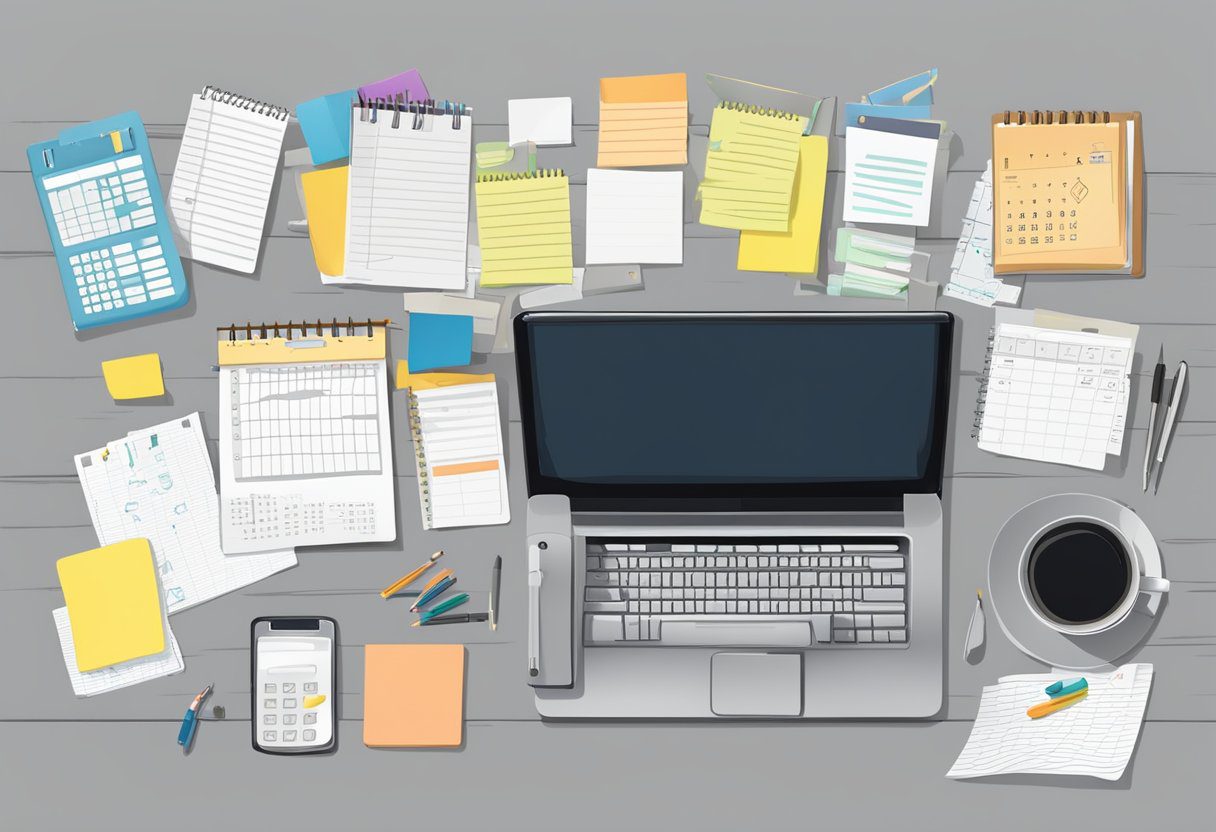
Visual memory is an essential part of cognitive health. While some people may have a natural talent for visual memory, others may struggle with it. Fortunately, there are several lifestyle factors that can help improve visual memory. The following subsections explore the impact of sleep, healthy diet, and exercise on cognitive health.
Impact of Sleep on Memory
Sleep is crucial for cognitive health, including visual memory. During sleep, the brain consolidates memories, including visual memories. A lack of sleep can impair memory, attention span, and cognitive performance. Research has shown that sleep deprivation can reduce visual memory performance. Therefore, it is essential to get enough sleep to improve visual memory.
Healthy Diet and Memory
A healthy diet can also help improve visual memory. Nutrients such as omega-3 fatty acids, antioxidants, and vitamins can boost brain function. Research has shown that a diet rich in these nutrients can improve cognitive performance, including visual memory. Additionally, a diet that is low in saturated fats and sugar can also help improve cognitive health.
Exercise and Cognitive Health
Exercise is another lifestyle factor that can improve cognitive health, including visual memory. Regular exercise can increase blood flow to the brain, which can improve cognitive function, attention span, and memory. Additionally, exercise can reduce stress, which can also improve cognitive performance. Research has shown that exercise can improve visual memory performance.
In conclusion, improving visual memory requires a holistic approach that includes lifestyle factors such as sleep, healthy diet, and exercise. By incorporating these lifestyle factors, individuals can improve their cognitive health, attention span, and memory.
Cognitive Techniques to Improve Recall
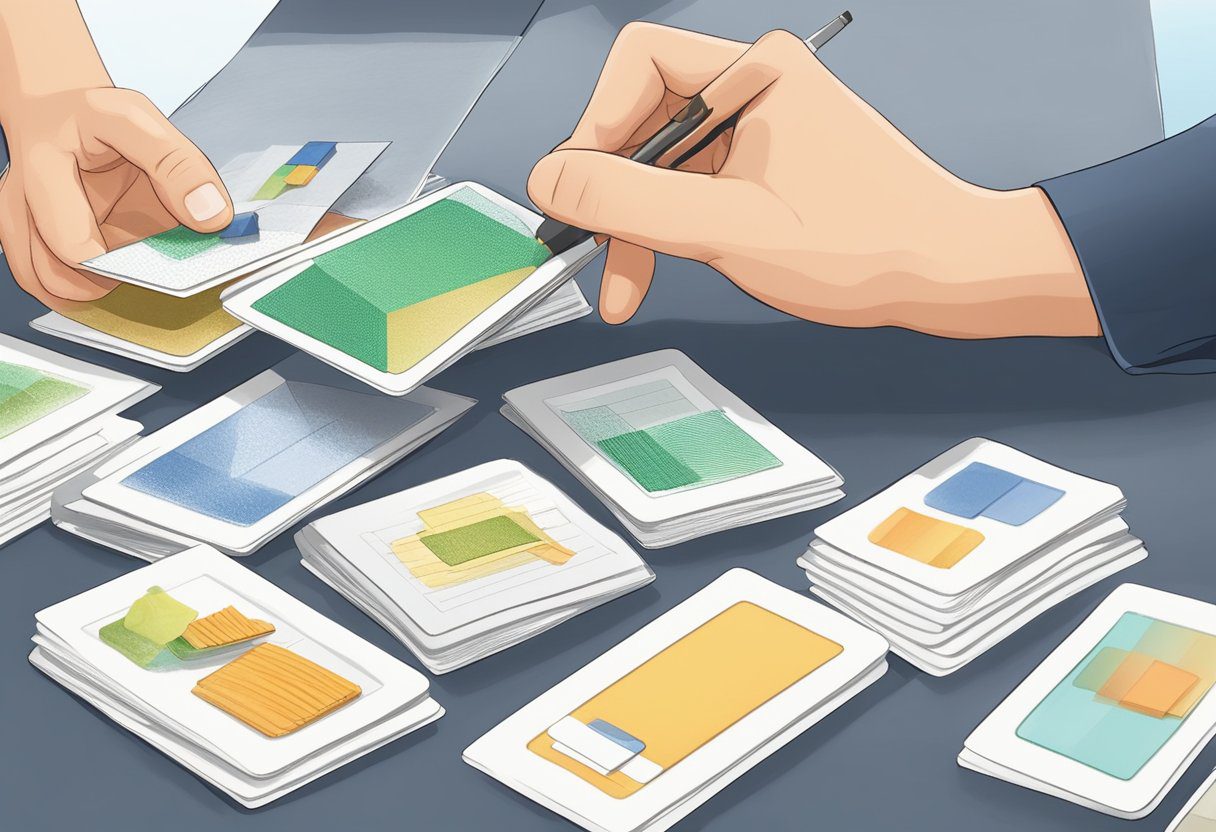
Improving visual memory can be a challenging task, but there are several cognitive techniques that can help. These techniques involve the use of attention, mnemonic devices, and mindfulness. By using these techniques, individuals can improve their ability to recall visual information.
The Role of Attention in Memory Recall
Attention plays a crucial role in memory recall. Without attention, the brain may not encode visual information effectively, leading to difficulty in recall. Therefore, it is important to pay attention to visual information to improve memory recall.
One way to improve attention is to eliminate distractions. For example, turning off the television or closing the door can help reduce distractions and improve attention. Additionally, focusing on one task at a time can also help improve attention and memory recall.
Mnemonic Devices and Their Use
Mnemonic devices are memory aids that can help individuals remember information. These devices can be used to remember lists, names, and other visual information. One example of a mnemonic device is the method of loci, which involves associating information with specific locations.
Another example of a mnemonic device is the use of acronyms. Acronyms are created by taking the first letter of each word in a list and forming a new word. For example, to remember the colors of the rainbow, one could use the acronym ROYGBIV (red, orange, yellow, green, blue, indigo, violet).
Mindfulness and Memory
Mindfulness can also help improve memory recall. Mindfulness involves being present and aware of one’s surroundings. By practicing mindfulness, individuals can improve their ability to focus on visual information and encode it effectively.
One way to practice mindfulness is through mindfulness meditation. Mindfulness meditation involves focusing on the present moment and observing one’s thoughts and feelings without judgment. By practicing mindfulness meditation, individuals can improve their ability to focus and recall visual information.
In conclusion, improving visual memory requires attention, the use of mnemonic devices, and mindfulness. By practicing these techniques, individuals can improve their ability to recall visual information and enhance their overall memory performance.
Practical Applications and Activities
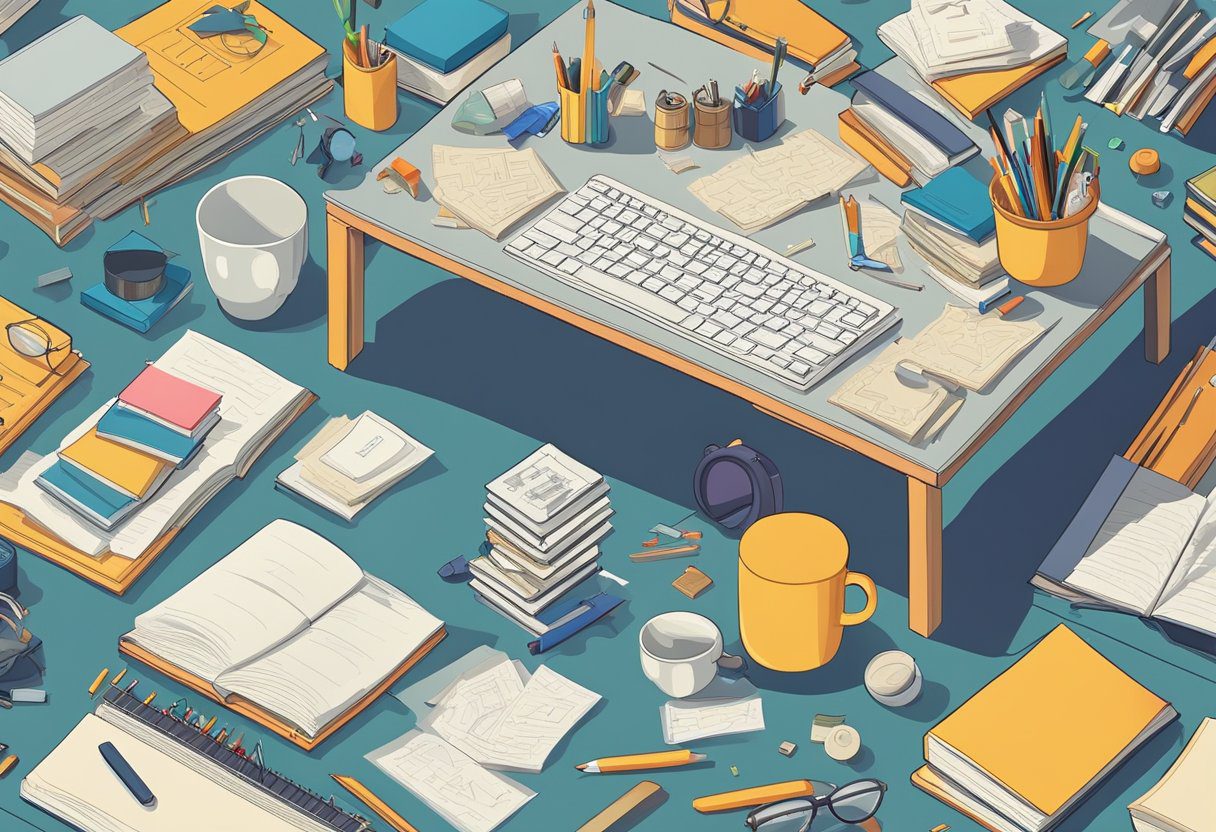
Educational Strategies for Memory Improvement
There are several educational strategies that can help improve visual memory. One such strategy is to use mental imagery to associate new information with familiar images. For example, if one is trying to remember a list of groceries, they can associate each item with a specific image. This technique helps in recalling the items easily and quickly.
Another effective strategy is to use visual aids such as diagrams, charts, and graphs to organize and present information. This helps in retaining the information for a longer duration and also aids in better comprehension.
Professional Skills and Memory Utilization
Visual memory can be a powerful tool in the workplace. For instance, it can help in recalling important details during meetings, presentations, and negotiations. This can improve productivity and also help in building a positive image in the workplace.
Visual memory can also be utilized in professions such as art, design, and architecture. These professions require a high level of visual memory to create and recall complex designs and structures.
Memory Games and Challenges
There are several memory games and challenges that can help improve visual memory. One such game is the classic game of memory, where players have to match pairs of cards with identical images. This game helps in improving short-term memory and concentration.
Another game is the “spot the difference” game, where players have to identify differences between two similar images. This game helps in improving attention to detail and visual discrimination.
In conclusion, there are several practical applications and activities that can help improve visual memory. By utilizing educational strategies, professional skills, and memory games, one can improve their memory power and productivity.
Overcoming Memory Challenges
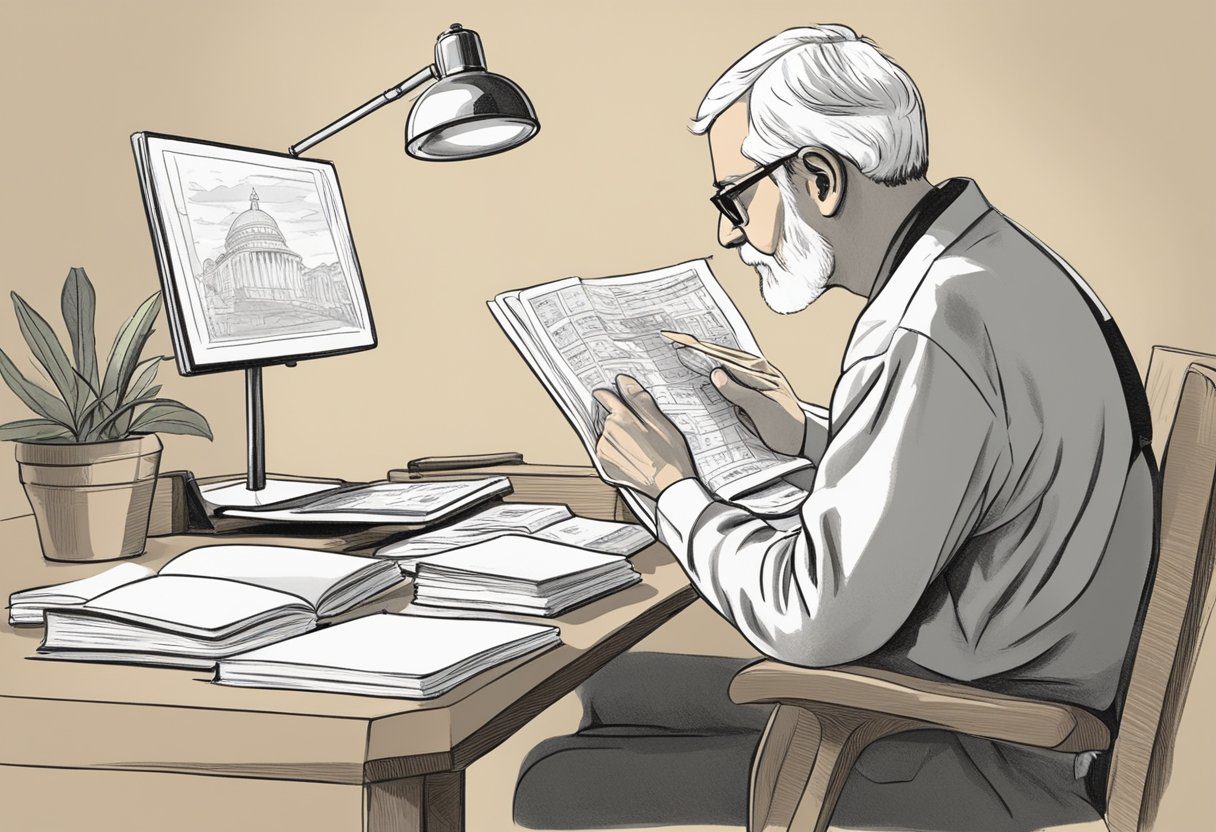
Dealing with Memory Deficits
For individuals who struggle with memory deficits, it can be challenging to retain and recall information. However, there are strategies that can be employed to help overcome these challenges.
One of the most effective strategies is to write down important information. This can include notes, reminders, and to-do lists. By writing down information, individuals can better retain it and refer to it later when needed.
Another effective strategy is to use visual aids. This can include diagrams, charts, and other visual representations of information. Visual aids can help individuals better understand and recall information.
Additionally, repetition can be helpful for individuals with memory deficits. Repeating information multiple times can help to reinforce it in the brain and make it easier to recall later.
Strategies for Better Organization and Recall
For individuals who struggle with organization and recall, there are several strategies that can be employed to improve memory. One effective strategy is to break information down into smaller, more manageable chunks.
This can make it easier to remember and recall information. Additionally, using mnemonic devices can be helpful for individuals who struggle with recall. Mnemonic devices are memory aids that can help individuals remember information by associating it with something else.
Another effective strategy is to use repetition and rehearsal. This can include repeating information out loud or writing it down multiple times. Additionally, using visualization techniques can be helpful for individuals who struggle with recall. Visualizing information can help to make it more memorable and easier to recall later.
Managing Anxiety and Its Effects on Memory
Anxiety can have a significant impact on memory and can make it difficult for individuals to retain and recall information. However, there are strategies that can be employed to manage anxiety and its effects on memory.
One effective strategy is to practice relaxation techniques, such as deep breathing, meditation, or yoga. These techniques can help to reduce anxiety and improve memory.
Additionally, getting enough sleep and exercise can be helpful for managing anxiety and improving memory. It is also important to manage stress levels and avoid overloading the brain with too much information at once.
By taking breaks and allowing the brain to rest, individuals can better retain and recall information. Finally, seeking support from a mental health professional can be helpful for managing anxiety and its effects on memory.
Advanced Techniques and Concepts
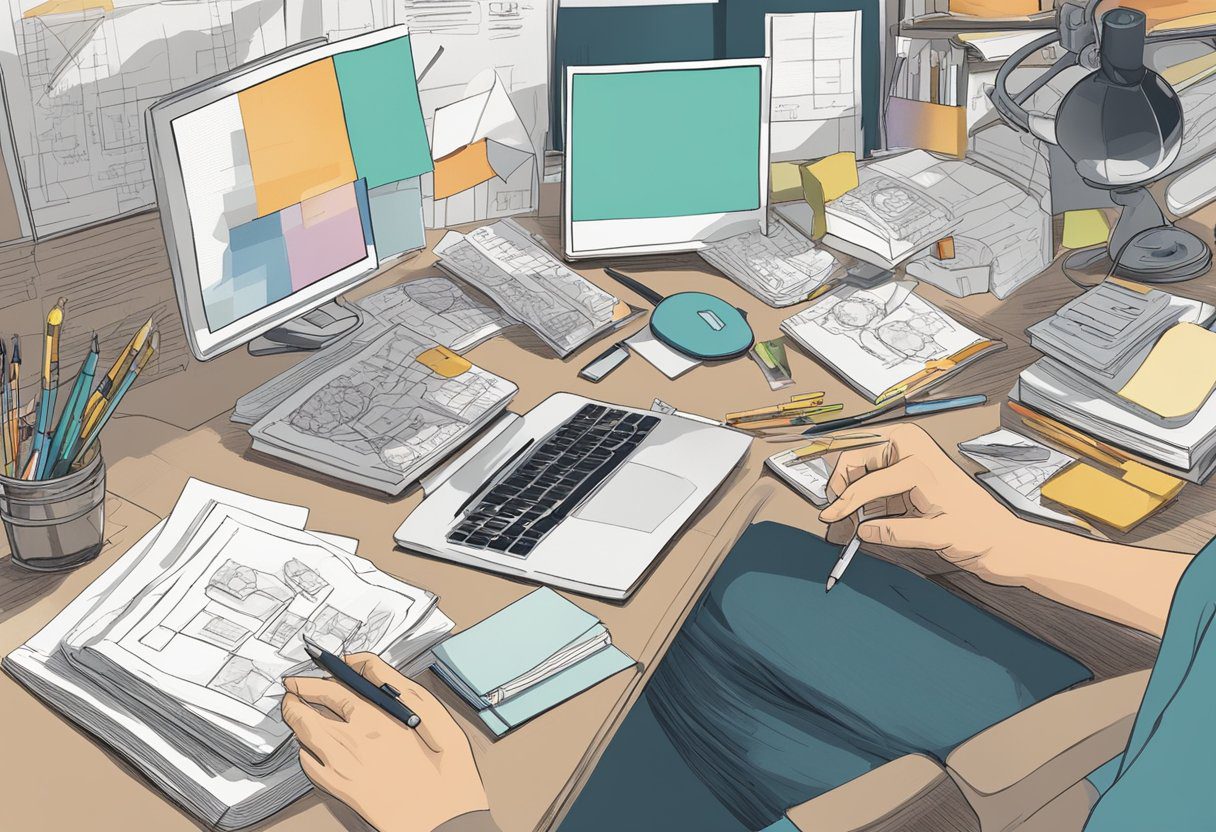
Developing a Photographic Memory
A photographic memory is a rare ability to recall visual information in great detail. While not everyone can develop a photographic memory, it is possible to improve visual memory through practice. One way to develop a photographic memory is to focus on creating vivid mental images. This involves paying close attention to the details of what is being seen and imagining it in great detail.
Advanced Mnemonics and Memory Systems
Mnemonic devices are an effective way to improve memory, especially when it comes to remembering abstract concepts. Advanced mnemonic techniques involve creating associations between abstract concepts and concrete images.
This can be done by creating mental images that link the abstract concept to something more tangible. For example, if you need to remember the word “abstemious,” you could create a mental image of a abstemious person eating a small, plain meal.
There are also memory systems that can help improve visual memory. For example, the Major System involves creating mental images that represent numbers. Each number is associated with a specific sound, which is then used to create a word or phrase that represents the number. This system can be used to remember long strings of numbers, such as phone numbers or credit card numbers.
Exploring the Concept of Memory Palaces
Memory palaces, also known as the Method of Loci, is a technique that involves using spatial memory to remember information. This involves mentally placing information in a specific location, such as a room in a house or a pathway in a park.
By mentally walking through the location and associating the information with specific objects or landmarks, it becomes easier to remember the information.
To create a memory palace, it is important to choose a location that is familiar and easy to visualize. The more vivid and detailed the mental images, the easier it will be to recall the information.
This technique is especially useful for remembering information that is sequential or needs to be recalled in a specific order.
Overall, by using advanced techniques such as developing a photographic memory, using advanced mnemonic devices and memory systems, and exploring the concept of memory palaces, it is possible to improve visual memory and recall information with greater ease and accuracy.
Frequently Asked Questions

What exercises can enhance visual memory for students?
There are several exercises that can help improve visual memory in students. For instance, playing memory games, such as matching games or concentration games, can be effective in enhancing visual memory. Additionally, students can practice drawing or sketching as a way to improve their visual memory.
Which strategies are effective for improving visual memory in adults?
Adults can use various strategies to improve their visual memory. One such strategy is to create mental images of information that needs to be remembered. Another strategy is to use mnemonic devices, such as acronyms or rhymes, to help remember information. Additionally, practicing visualization exercises, such as imagining a familiar place in detail, can also help improve visual memory.
How can parents help develop their child’s visual memory skills?
Parents can help their children develop their visual memory skills by encouraging them to play memory games, such as matching games or concentration games. Parents can encourage their children to draw or sketch as a way to improve their visual memory. Parents can also help their children practice visualization exercises, such as imagining a familiar place in detail.
Are there specific games that can strengthen visual memory?
Yes, there are specific games that can strengthen visual memory. Some popular memory games include matching games, concentration games, and jigsaw puzzles. Video games that require players to remember visual information, such as puzzle games or strategy games, can also be effective in strengthening visual memory.
In what ways can visual working memory be trained and improved?
Visual working memory can be trained and improved through various exercises and activities. For instance, practicing visualization exercises, such as imagining a familiar place in detail, can help improve visual working memory. Playing memory games, such as matching games or concentration games, can also be effective in enhancing visual working memory.
What are the common causes of poor visual memory and how can it be addressed?
Poor visual memory can be caused by various factors, such as aging, brain injury, or certain medical conditions. To address poor visual memory, it is important to identify the underlying cause and seek appropriate treatment. Practicing memory exercises and strategies, such as those mentioned above, can also help improve visual memory.